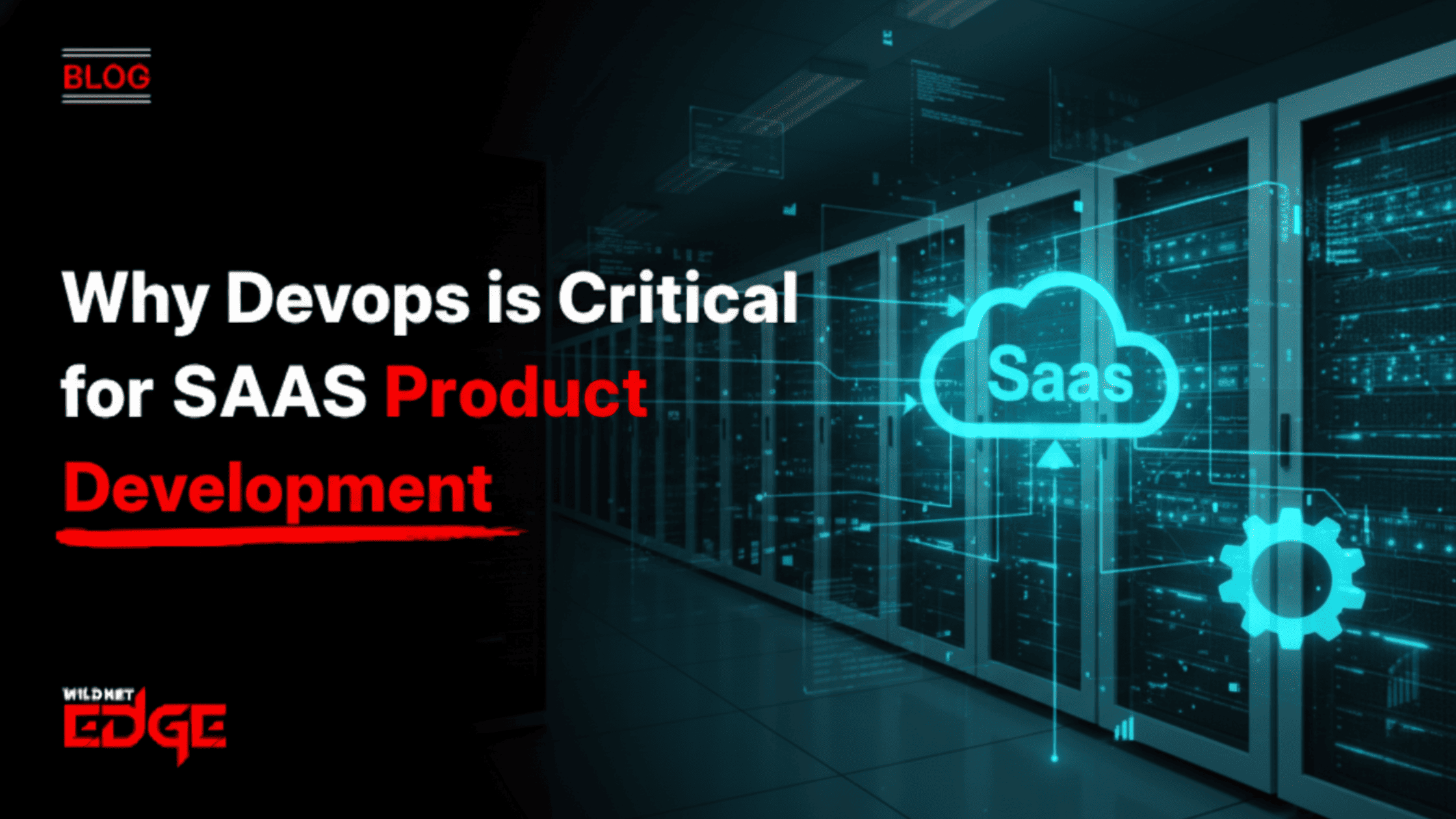Are you torn between MongoDB vs MySQL for your next project? With the growing demand for scalable databases, choosing the right one can be overwhelming. How do you decide? Both databases come with their own advantages and disadvantages. But which one truly excels in scalability? This article compares MongoDB and MySQL across various aspects to help you make an informed choice.
Overview of Database Comparison
What Is MongoDB?
MongoDB is an open-source NoSQL database that utilizes a document-oriented data model. Instead of storing data in traditional tables like relational databases, MongoDB stores data in JSON-like documents, which allows for flexible schema design. Key features include:
- Document Storage: Data is stored in documents, making it easier to work with nested data structures.
- Scalability: MongoDB is designed for flexibility and can be easily scaled horizontally by distributing data across multiple servers.
- High Performance: It supports large volumes of data and high insert and query speeds, making it suitable for high-traffic applications.
MongoDB is a great choice for applications where data structures change frequently or where unstructured data is prevalent.
What Is MySQL?
MySQL is a widely-used open-source relational database management system (RDBMS) that uses structured query language (SQL) for querying and managing data. It stores data in structured tables with defined relationships, ensuring data integrity through its ACID compliance. Key features include:
- Relational Model: Data is stored in tables with rows and columns, allowing for complex queries and relationships.
- ACID Compliance: Guarantees reliable transactions and data integrity, making it ideal for applications that require structured data management.
- Maturity and Stability: With decades of development, MySQL provides a wide array of features and extensive documentation.
MySQL is often the go-to choice for applications that require structured data management and reliable transactions.
Scalability in MongoDB vs MySQL
Vertical vs Horizontal Scalability
When considering scalability, two main approaches are commonly discussed: vertical and horizontal scalability.
- Vertical Scalability in MySQL: MySQL primarily scales vertically, meaning that upgrading hardware (such as adding more RAM or more powerful CPUs) enhances performance. However, there are limits to how much a single machine can be upgraded. This vertical scaling can become costly, and if you reach hardware limitations, you may find it challenging to maintain the needed performance for large user bases or high data throughput.
- Horizontal Scalability in MongoDB: In contrast, MongoDB excels at horizontal scalability, allowing it to distribute data across multiple servers or machines easily. This is accomplished through sharding, a method that partitions data, ensuring that the database can handle increased loads by simply adding more nodes. This approach not only improves performance but also enhances fault tolerance, as data is replicated across different servers.
Scaling Challenges
Both databases come with specific scaling challenges, making it crucial to assess your application’s needs before making a choice.
- Common Scaling Issues with MySQL: Scaling MySQL often involves significant downtime, as migrating to a more powerful server while maintaining uptime can be difficult. As databases grow larger, performance issues like slow queries and increased load times can arise due to the computational overhead of managing intricate joins and relationships.
- Common Scaling Issues with MongoDB: While MongoDB scales well horizontally, it can face challenges with data consistency, especially during sharding. Queries may become more complex due to the document-oriented model, and developers must be wary of performance bottlenecks when handling large sets of data. Moreover, without a proper schema, navigating data integrity issues can also become complex.
Performance Metrics in Database Comparison
Read and Write Performance
Performance is a critical factor when comparing MongoDB and MySQL, particularly regarding read and write operations.
- Performance Metrics for MongoDB: MongoDB often outperforms traditional databases like MySQL in scenarios requiring extensive write operations due to its ability to handle high volumes of unstructured data. It processes JSON-like documents efficiently, allowing quick read and write access while providing a flexible schema that can adapt to changing data types.
- Performance Metrics for MySQL: MySQL performs exceptionally well for read-heavy applications due to its optimized query performance and indexing capabilities. Its structured schema allows for complex joins and data integrity management. However, heavy write operations can lead to increased latency and require careful optimization of queries and indexes.
Query Execution Times
How each database handles queries can significantly impact application performance.
- How MongoDB Handles Queries: MongoDB’s document-based model allows for faster queries as it retrieves records in a single operation rather than needing multiple relational joins. Furthermore, thanks to its indexing capabilities, MongoDB can optimize query execution times effectively, particularly for large datasets.
- How MySQL Handles Queries: MySQL excels in executing well-structured queries, especially those requiring joins across multiple tables. Its optimizer is designed to determine the most efficient way to execute queries, but the complexity of relational data can sometimes slow down performance under heavy loads.
Use Cases: MongoDB vs MySQL
When to Choose MongoDB
MongoDB shines in various scenarios, making it the database of choice for many developers.
- Ideal Scenarios for MongoDB Usage: If your application deals with unstructured or semi-structured data and requires rapid development cycles, MongoDB is likely the right fit. Use cases often include real-time analytics, content management systems, and applications needing flexible schema modifications.
- Examples of MongoDB in Action: Companies like Adobe and eBay use MongoDB for handling large volumes of visitor data and optimizing their web applications’ performance. The ability to scale quickly without downtime has made MongoDB an appealing choice for organizations like these.
When to Choose MySQL
MySQL is also a robust solution but is often preferred in more structured, traditional environments.
- Ideal Scenarios for MySQL Usage: If your application requires complex transactions, strong data integrity guarantees, or extensive reporting capabilities, MySQL is your go-to choice. Knowledge management systems and customer relationship management (CRM) applications often fit this paradigm.
- Examples of MySQL in Action: Companies like WordPress and Twitter have relied on MySQL for its reliability and data integrity. MySQL’s stability is crucial for managing user accounts, transactions, and various relational data models that require strict management.
Cost Considerations in Database Choices
Pricing Models of MongoDB
When considering cost, it’s essential to evaluate both the licensing and operational costs associated with MongoDB.
- Overview of MongoDB’s Pricing: MongoDB offers various pricing models, including a free tier for basic usage and paid plans that scale with your storage and performance needs. The cost can vary based on your deployment model, whether self-hosting or using the MongoDB Atlas cloud service.
- Cost Factors for Deployment and Maintenance: Factors to consider include server costs (if self-hosted), operational overhead, and the cost of potential scaling events. Frequent scaling and extensive monitoring may increase overall operational costs.
Pricing Models of MySQL
MySQL’s pricing models vary, particularly between its community and enterprise editions.
- Overview of MySQL’s Pricing: MySQL offers a free community edition, suitable for small to medium-sized applications. However, enterprise features require a paid subscription, often leading to licensing fees that can add up for larger companies.
- Cost Factors for Deployment and Maintenance: For businesses using the enterprise version, additional costs will include subscription fees, advanced support, and customization capabilities. The community edition has lower upfront costs, but potential long-term costs could arise if the need for enterprise features grows.
Community and Support for Both Databases
Community Size and Resources
A strong community backing can ease the use of a database through available resources and shared knowledge.
- Overview of MongoDB’s Community Support: MongoDB boasts an active community with massive online resources, forums, and documentation that provide answers to a wide variety of issues. Community-driven events and user groups make it easy for developers to share experiences and solutions.
- Overview of MySQL’s Community Support: MySQL has a long-standing, robust community that has developed an extensive library of resources, including tutorials, forums, and extensive documentation. Additionally, various third-party companies provide support and resources for MySQL users.
Professional Support Options
For enterprises, professional support can significantly ease the management of database systems.
- Support Plans for MongoDB: MongoDB offers various support plans starting from basic to premium tiers, providing access to technical support teams and dedicated account managers. This is crucial for businesses that depend heavily on MongoDB for mission-critical applications.
- Support Plans for MySQL: MySQL provides support primarily through its enterprise edition, which offers high-level technical assistance, updates, and premium features designed to ensure system reliability and performance. Options include 24/7 support for larger organizations that require immediate assistance.
Conclusion
In the debate of MongoDB vs MySQL, both databases offer distinct advantages and cater to different types of applications. MongoDB shines in unstructured, scalable environments where flexibility and rapid development are crucial, while MySQL excels in scenarios that require strong data integrity and complex query capabilities. Ultimately, the right choice will depend on your project’s specific requirements and goals.
At WildnetEdge, we understand the intricacies of database solutions. Evaluating your specific needs will allow you to make the most informed decision for your application.
FAQs
Q1: What are the main differences between MongoDB vs MySQL?
MongoDB is a NoSQL database that offers document-based storage, while MySQL is a relational database that uses structured query language.
Q2: Which database is better for scalability in large applications?
MongoDB generally excels in horizontal scalability, making it suitable for large and flexible applications.
Q3: Can MongoDB or MySQL handle real-time data?
Yes, both databases can manage real-time data, but their approaches differ significantly based on architecture.
Q4: How does the cost of MongoDB compare to MySQL?
MongoDB’s cost can vary based on usage and deployment needs, while MySQL often has lower initial costs but may incur licensing fees for enterprise features.
Q5: Which database is more suited for small businesses, MongoDB or MySQL?
MySQL is often favored by small businesses due to its simplicity and well-established support network.

Nitin Agarwal is a veteran in custom software development. He is fascinated by how software can turn ideas into real-world solutions. With extensive experience designing scalable and efficient systems, he focuses on creating software that delivers tangible results. Nitin enjoys exploring emerging technologies, taking on challenging projects, and mentoring teams to bring ideas to life. He believes that good software is not just about code; it’s about understanding problems and creating value for users. For him, great software combines thoughtful design, clever engineering, and a clear understanding of the problems it’s meant to solve.
 sales@wildnetedge.com
sales@wildnetedge.com +1 (212) 901 8616
+1 (212) 901 8616 +1 (437) 225-7733
+1 (437) 225-7733































